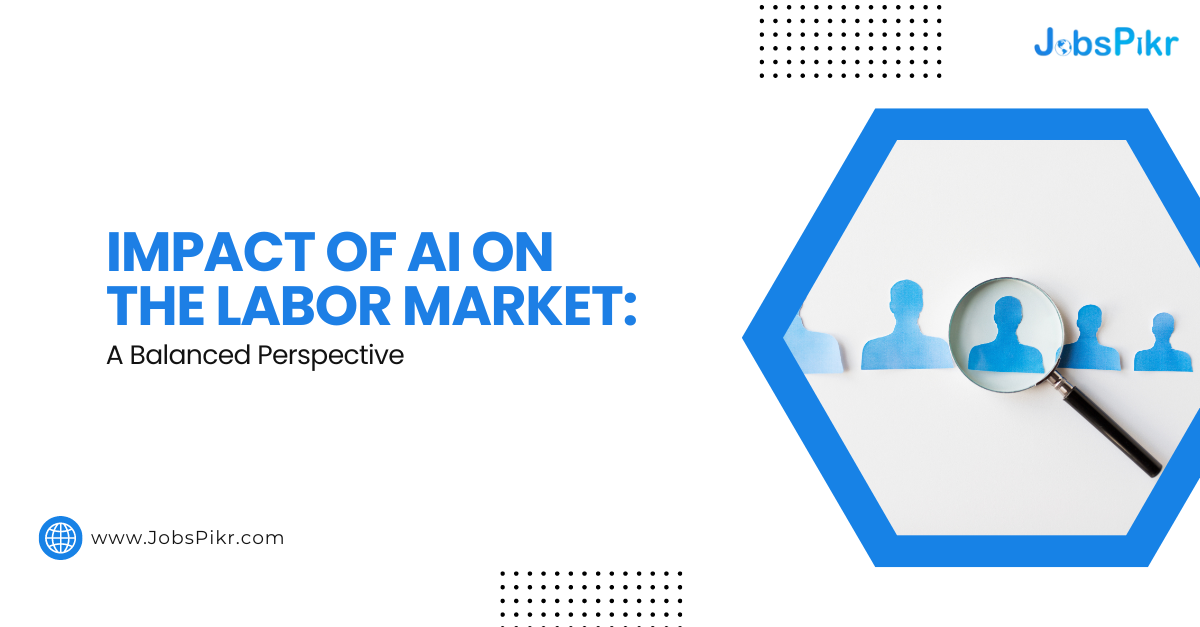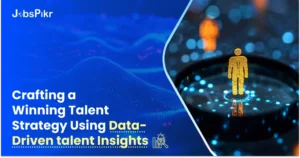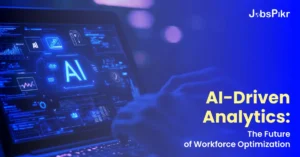Artificial Intelligence (AI) has swiftly become a game-changer across various sectors, reshaping the landscape of the labor market. This technological evolution has sparked debates regarding its impact on jobs, employment rates, and the overall workforce. This article aims to provide a balanced perspective on AI’s potential to both displace certain job categories and create new opportunities, shedding light on the dynamic shift within the labor market.
Job Displacement Concerns in Labor Market
A significant concern surrounding AI’s rise is its capacity to automate tasks traditionally performed by humans, potentially leading to job displacement. Automation, powered by AI advancements, has demonstrated remarkable efficiency in handling repetitive and rule-based tasks in sectors like manufacturing, transportation, and administration. For example, the utilization of robots in assembly lines or AI-driven software for customer service can significantly reduce the need for human labor in these roles.
Studies indicate that certain sectors are more vulnerable to automation, particularly those involving routine tasks easily predicted and executed by algorithms. This trend poses a threat to workers in low-skill positions, who may struggle to secure employment as their roles become obsolete.
Creating New Opportunities
In contemplating the future of jobs in the age of AI, it’s crucial to recognize that AI’s emergence doesn’t exclusively equate to job loss. Instead, it heralds opportunities for forging novel job categories and expanding employment prospects. As AI systems progress, they inherently require human expertise for their development, upkeep, and supervision. This burgeoning demand fosters the creation of fresh professions, such as AI specialists, machine learning engineers, and data scientists.
Moreover, AI possesses the capacity to amplify productivity and foster innovation across various sectors, leading to business growth and the genesis of nascent industries. Take healthcare, for instance; AI has revolutionized patient care through advancements like precision medicine and early disease detection. Concurrently, it has spurred job creation in fields like bioinformatics, healthcare analytics, and personalized medicine. These developments underscore AI’s potential as a job generator, contingent upon the workforce being adeptly skilled and readily adaptable to the demands of these emerging roles.
Navigating the Shift: Education and Policy
The dual impact of AI underscores the importance of strategic approaches in education and policymaking. Education systems must adapt to impart skills complementary to AI, such as critical thinking, creativity, and social intelligence. Additionally, vocational training and lifelong learning programs can equip workers with the skills needed to transition into emerging job sectors.

Image Source: educationaltechnologyjournal
Policymakers play a vital role in addressing the challenges and opportunities presented by AI. Policies encouraging innovation and investment in AI technologies, alongside safety nets for those affected by job displacement, are crucial. Measures like universal basic income, job transition programs, and incentives for businesses to retrain employees can ease the impact of automation and support a smooth transition into new roles.
Conclusion
The impact of AI on the labor market is multifaceted, encompassing challenges and opportunities. While job displacement is a concern, AI’s potential to create new opportunities and drive economic growth offers a counterbalance. Navigating this shift requires collaboration among educators, policymakers, and businesses to prepare the workforce for the jobs of the future. Embracing a balanced perspective enables us to harness AI’s benefits while minimizing its adverse effects on the labor market, ensuring a prosperous and inclusive future for all.



